Prince Paris of Troy, shipwrecked on a mission to the king of Sparta, meets and falls for Queen Helen before he knows who she is. Rudely received by the royal […]
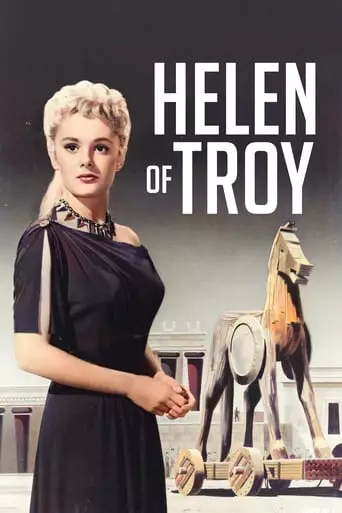
Prince Paris of Troy, shipwrecked on a mission to the king of Sparta, meets and falls for Queen Helen before he knows who she is. Rudely received by the royal […]
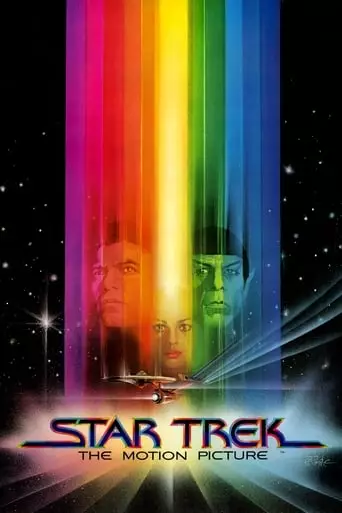
When a destructive space entity is spotted approaching Earth, Admiral Kirk resumes command of the Starship Enterprise in order to intercept, examine, and hopefully stop it. Star Trek: The Motion […]
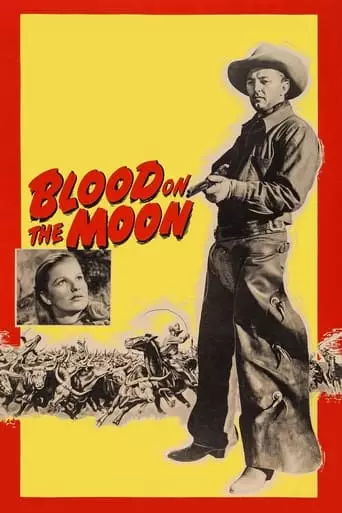
Down-and-out cowhand Jim Garry is asked by his old friend Tate Riling to help mediate a cattle dispute. When Garry arrives, however, it soon becomes clear that Riling has not […]
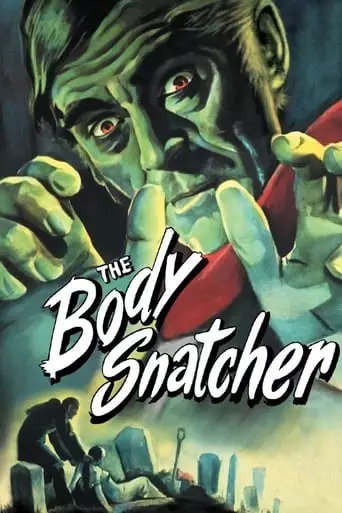
Edinburgh, 1831. Among those who undertake the illegal trade of grave robbery is Gray, ostensibly a cab driver. Formerly a medical student convicted of grave robbery, Gray holds a grudge […]

Expecting the usual loss, a boxing manager takes bribes from a betting gangster without telling his fighter. The Set-Up (1949) is a powerful film noir directed by Robert Wise, centered around […]
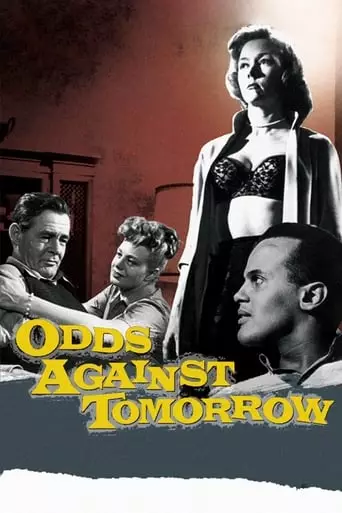
An old-time crook plans a heist. When one of his two partners is found out to be a black man tensions flare. Odds Against Tomorrow (1959) is a gripping film noir […]
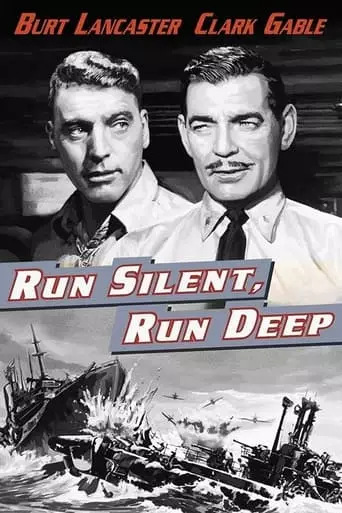
The captain of a submarine sunk by the Japanese during WWII is finally given a chance to skipper another sub after a year of working a desk job. His singleminded […]
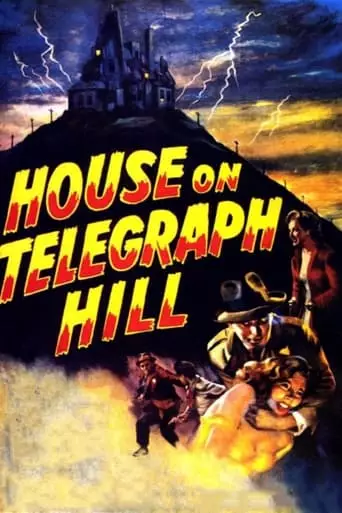
Concentration camp survivor Victoria Kowelska finds herself involved in mystery, greed, and murder when she assumes the identity of a dead friend in order to gain passage to America. The […]
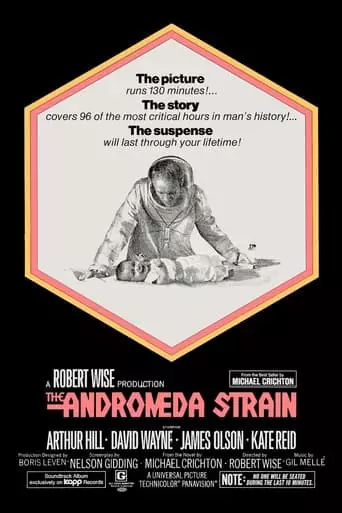
When virtually all of the residents of Piedmont, New Mexico, are found dead after the return to Earth of a space satellite, the head of the US Air Force’s Project […]

In North Africa, German Field Marshal Rommel and his troops have successfully fended off British forces, and now intend to take Tobruk, an important port city. A ramshackle group of […]
Robert Wise: The Master of Versatility
Robert Wise (1914–2005) was one of the most versatile and accomplished directors in Hollywood history. Over a career spanning more than four decades, Wise worked across a wide range of genres, including musicals, science fiction, horror, drama, and war films. With iconic works such as West Side Story (1961), The Sound of Music (1965), The Day the Earth Stood Still (1951), and The Haunting (1963), Wise demonstrated an uncanny ability to adapt his directorial style to suit the demands of each project. His films are characterized by their technical precision, emotional depth, and narrative clarity, earning him a legacy as one of cinema’s great craftsmen.
Early Life and Entry into Film
Robert Wise was born on September 10, 1914, in Winchester, Indiana. After attending Franklin College, he entered the film industry as a sound editor at RKO Pictures in the 1930s. His work on sound editing led him to film editing, where he garnered attention for his exceptional skills.
Wise’s big break came when he served as the editor for Orson Welles’ Citizen Kane (1941), a film widely regarded as one of the greatest in cinema history. His editing on Citizen Kane earned him an Academy Award nomination and laid the foundation for his transition to directing.
Directorial Debut and Early Career
Wise made his directorial debut with The Curse of the Cat People (1944), a psychological horror sequel to Cat People (1942). Although he was initially brought in as a replacement director, Wise’s work showed a flair for atmospheric storytelling.
He continued directing low-budget but critically praised films, including The Body Snatcher (1945), a chilling horror film starring Boris Karloff and Bela Lugosi. This early work established Wise’s reputation for strong visual storytelling and his ability to create tension and mood.
Genre Mastery and Key Films
Robert Wise’s career is remarkable for the breadth of genres he explored, each with outstanding results.
Science Fiction and Horror
Wise made a significant mark on science fiction and horror with films that combined imaginative storytelling with thought-provoking themes.
The Day the Earth Stood Still (1951): A landmark in science fiction cinema, this film uses the story of an alien visitor to critique Cold War paranoia and humanity’s propensity for violence. Its message of peace and understanding remains timeless.
The Haunting (1963): Widely regarded as one of the best horror films ever made, The Haunting relies on psychological tension and atmospheric visuals rather than overt scares, showcasing Wise’s mastery of suspense.
Musicals
Wise is perhaps best known for his work on two of the most beloved musicals of all time.
West Side Story (1961): Co-directed with Jerome Robbins, this adaptation of the Broadway musical brought Shakespeare’s Romeo and Juliet to modern-day New York. With dynamic choreography, vibrant cinematography, and unforgettable songs, the film won 10 Academy Awards, including Best Picture and Best Director.
The Sound of Music (1965): A cultural phenomenon and one of the highest-grossing films of all time, The Sound of Music is a heartwarming story of love, family, and resistance in the face of Nazi oppression. Wise’s direction earned him his second Academy Award for Best Director.
Drama and War Films
Wise also excelled in character-driven dramas and war films.
Run Silent, Run Deep (1958): A tense submarine drama starring Clark Gable and Burt Lancaster.
The Sand Pebbles (1966): A poignant exploration of imperialism and personal sacrifice set in 1920s China, starring Steve McQueen in one of his most acclaimed roles.
Style and Approach
Robert Wise was often described as a “studio director,” but this label underestimates his artistic vision. Rather than imposing a personal style on his films, Wise tailored his approach to the material, ensuring that the story and characters took center stage.
Attention to Detail: Wise’s background as an editor gave him a meticulous approach to pacing, continuity, and visual storytelling.
Collaboration: He worked closely with writers, composers, and cinematographers to create cohesive films that resonated with audiences.
Genre Adaptability: From the eerie silence of The Haunting to the sweeping landscapes of The Sound of Music, Wise demonstrated a rare ability to shift seamlessly between different cinematic styles.
Legacy and Recognition
Over the course of his career, Robert Wise earned four Academy Awards: two for Best Director (West Side Story and The Sound of Music) and two for Best Picture as a producer of the same films. His contributions to cinema were further recognized with lifetime achievement awards from the Directors Guild of America and the American Film Institute.
Wise also served as President of the Directors Guild of America (1971–1975) and the Academy of Motion Picture Arts and Sciences (1984–1987), demonstrating his leadership and influence within the industry.
Later Career
While the 1970s and 1980s saw fewer critical successes, Wise continued to work in diverse genres. He directed Star Trek: The Motion Picture (1979), bringing his science fiction expertise to the big-screen debut of the iconic franchise. Although the film received mixed reviews, it was a commercial success and remains a touchstone for Star Trek fans.
His final film, A Storm in Summer (2000), was a television production that reflected his enduring focus on emotional storytelling and human connection.
Conclusion
Robert Wise’s career is a testament to the power of adaptability, technical skill, and storytelling integrity. He may not have had a singular auteur style, but his ability to excel in multiple genres made him one of the most dependable and respected directors in Hollywood history.
With a legacy that includes classics in nearly every cinematic genre, Wise’s films continue to captivate audiences and inspire filmmakers. Whether through the soaring melodies of The Sound of Music, the chilling corridors of The Haunting, or the timeless message of The Day the Earth Stood Still, Robert Wise left an indelible mark on the world of cinema.